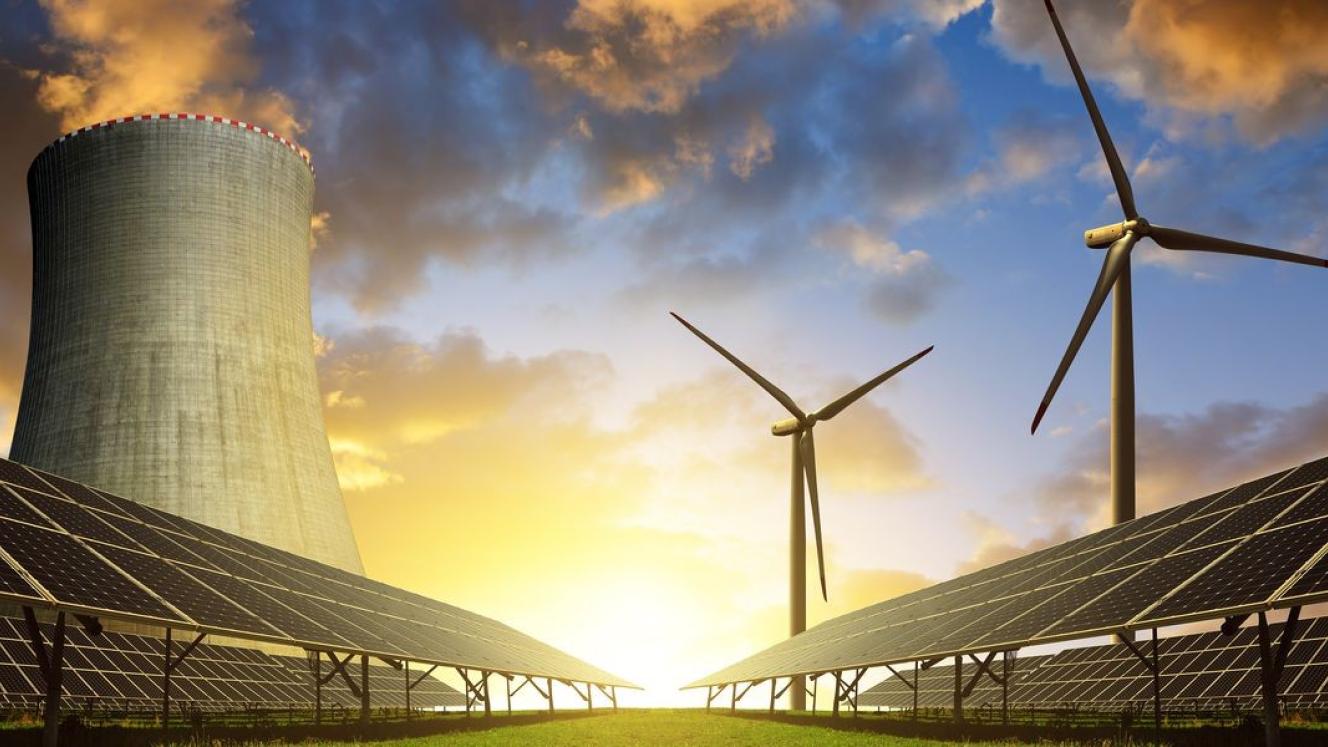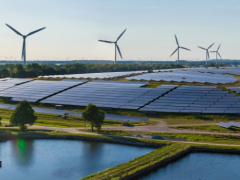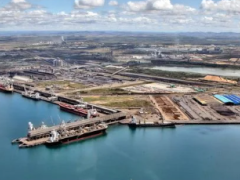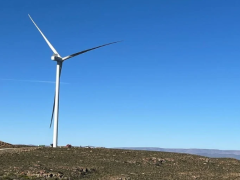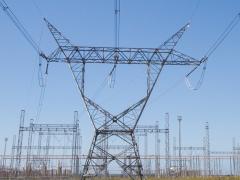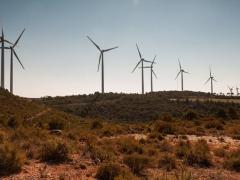Eskom held the State of the System briefing recently to give an update on the performance of the power system, progress feedback on the implementation of the Generation Operational Recovery Plan, and the outlook for the summer period (1 September 2023 to 31 March 2024).
Giving an overview, Eskom’s Acting Group Chief Executive (AGCE), Calib Cassim acknowledged the impact load shedding has on the country and on the livelihoods of South Africans. Cassim indicated that Eskom aims to keep load shedding as low as possible, with the aim of not exceeding Stage 4 by maintaining unplanned load losses within the 14 500 MW scenario for the 2023 summer outlook.
Click here to watch the presentation
“We enter the summer period against the backdrop of some positive developments during the winter period. We were able to contain the intensity of load shedding below levels that were anticipated in our winter outlook, although we still had to implement Stage 6 for 39 days out of a total of 153 days due to higher-than-expected levels of unplanned outages. We were also able to suspend load shedding for a day in June, limiting it only to the afternoon through the evening peak until midnight, thereby lessening the impact. However, we concede that much still needs to be done,” said Cassim.
Performance of generation fleet
Presenting the performance of the generation fleet, Generation Group Executive, Bheki Nxumalo said that the Generation Operational Recovery Plan is yielding positive results, with high levels of stability experienced at Medupi Power Station and notable improvement at Duvha, Majuba, Hendrina and Tutuka power stations with Medupi and Lethabo achieving an average of 85% energy availability factor (EAF) from June and July respectively. In addition, alongside Camden, Medupi and Lethabo power stations, peaking power stations have shown consistently good performance.
Other positive developments include Unit 1 at Koeberg Power Station which is on track to return to service on 3 November 2023, however this would not add incremental power as Unit 2 will undergo the steam generator replacement on 7 November 2023. The construction of temporary stacks at Kusile is ahead of schedule and will enable the return of Unit 3 by the end of this week once final approval is received, effectively two months earlier than planned. This will be followed by Units 1 and 2. Unit 5 will be synchronised to the grid by December 2023. Combined, these Kusile units will contribute 2880 MW, alleviating the pressure on the power system and further reducing load shedding towards the end of the year. Tutuka achieved 1500 MW earlier than expected while concerted efforts at Majuba and Kriel Power Stations will deliver more power.
Nxumalo added that while Eskom has not achieved the targeted reduction in unplanned load losses, there has been a declining trend. “We are intensifying our efforts to reduce the unplanned load losses, improve the energy availability factor (EAF) and meet the electricity demand with minimal usage of open-cycle gas turbine (OCGT) plants. The return of Kusile is central in this regard,” said Nxumalo.
Demand reduction
Group Executive for Distribution, Monde Bala said that Eskom is focusing on six key demand reduction areas to deliver 250 MW savings during the summer period. These demand reduction programmes run concurrently with other initiatives to alleviate pressure on the national grid, including the integration of Small-Scale Embedded Generation (SSEG), deployment of microgrids, electricity wheeling, Standard Offer Programme allowing customers to sell excess energy to Eskom, and community co-operatives which are collaborative partnerships empowering various communities across the country to manage their electricity supply and infrastructure.
Load shedding expectations for summer
Group Executive for Transmission, Segomoco Scheppers said that the summer outlook forecasts three unplanned loss scenarios of 14 500 MW, 16 000 MW and 17 500 MW.
- The unplanned loss of 14 500 MW being the most likely scenario with anticipated 116 days of load shedding at stages not exceeding Stage 4.
- The second scenario projects a loss of 16 000 MW, resulting in 187 days of load shedding, mostly at Stage 5 and at Stage 6 for 29 days.
- The third is the projected loss of 17 500 MW with 211 days of load shedding, 30 of them at Stage 7.
Eskom says it is working tirelessly to contain load-shedding as low as possible, with the aim of not exceeding Stage 4 by maintaining unplanned load losses within the 14 500 MW scenario
“The current projections, which are informed by previous summers’ performance and the generation recovery initiatives instil confidence that the current summer outlook is realistic,” said Scheppers.
Loadshedding will be required during the summer period, with lower levels expected towards the end of the year and early 2024.

